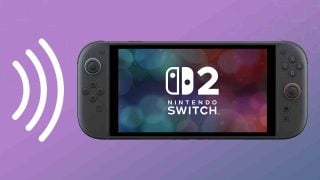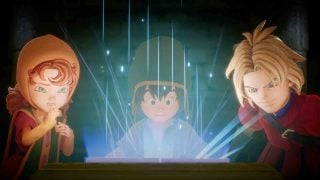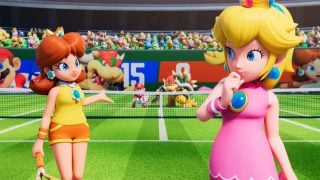As part of its “PlayStation 5 Technical Presentation” today, Sony announced that its latest console will be getting a mid-generation refresh in the form of the PS5 Pro. Set to release on November 7, 2024, the console will cost a staggering $700 in the U.S., with regional pricing in Europe pushing to €799.99, or roughly $880 USD. The British price of £699.99 is even more ludicrous when converted, costing $914 USD. It’s not a great first impression.
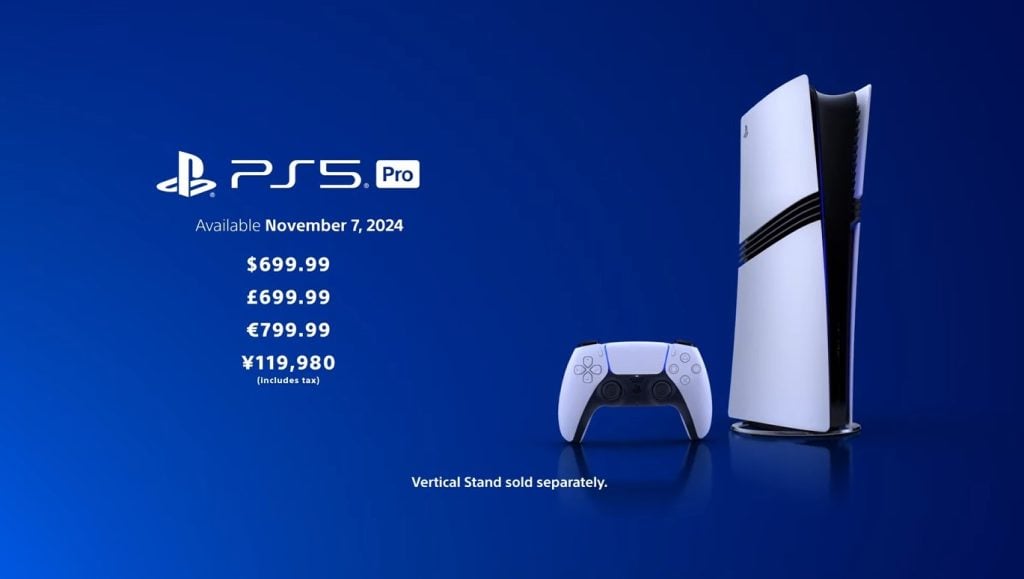
$699 US Dollars?!
While some factors contribute to the higher price tag, namely the 2TB SSD, there are also some odd omissions with the PS5 Pro. For that $700 price, you will not get a disc drive or even a basic plastic stand included with your console. While it was speculated that the PS5 Pro wouldn’t launch with a disc drive due to it sharing the same form factor as the recently released PS5 Slim, you would think Sony would offer multiple options for those who still want to use their catalog of disc-based games. Instead, you will need to shell out an additional $80 for the drive, which, with tax, will push the total cost north of $800.
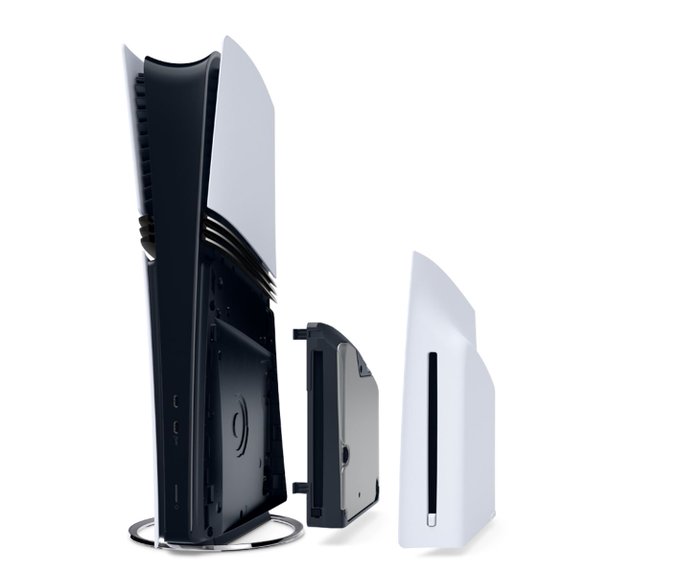
Disk Drive not included
Now, there has been a lot of talk during this entire console generation about how electronics manufacturers have not been able to lower the price of goods over time. Most of this stems from the pandemic a few years back where companies such as TSMC and Samsung were running out of stock of chips trying to keep up with demand. Another reason for the lack of declining prices has to do with tariffs imposed by former President Donald Trump, which raised the price of all electronic imports from China by anywhere from 15-40%. It’s an incredibly messy situation. Sony has absolutely felt this as the PS5 has remained $500 for its entire life thus far.
So what does this have to do with Nintendo? Despite never lowering the price of the Switch since its launch in 2017 (and even technically increasing the price with the Switch OLED model), Nintendo has consistently sold consoles for seven years. What’s the reason for that? It’s really simple: the console is cheap.
While we could go far back into Nintendo’s history to see how some of its consoles attempted to focus on immense graphical capabilities, Nintendo learned a valuable lesson from the sixth console generation, i.e. the GameCube. Attempting to stay in lockstep with the graphical arms race is a pointless endeavor. There will always be someone better, and the costs to develop and release games will ever increase alongside that added fidelity. Why waste the time and effort pushing the envelope on graphics when you can reinvest all of that energy into actual game development?
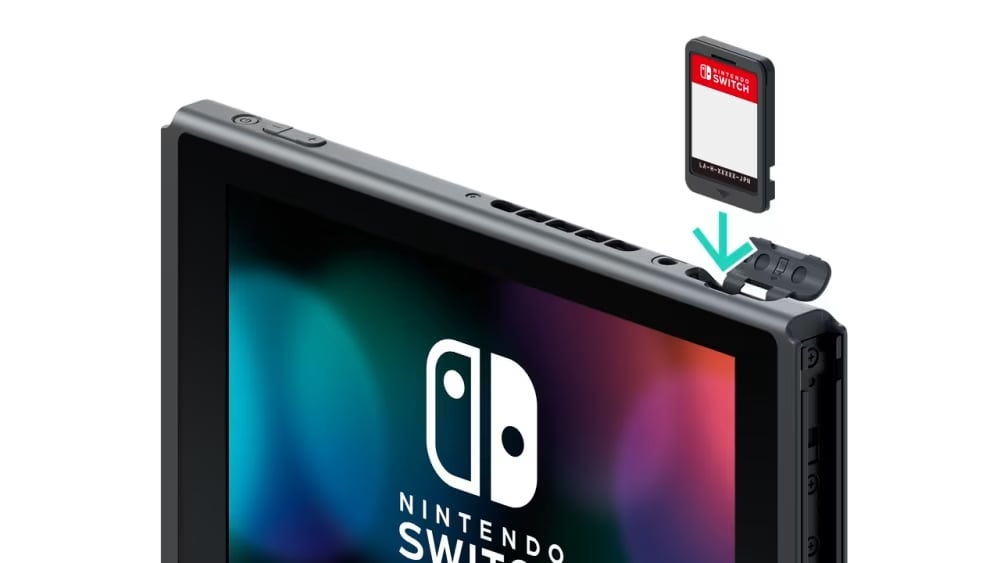
Physical Media Forever!
With the Wii, Nintendo perfected this philosophy and created the best-selling console in its history up to that point. At just $250 when it first launched, the Wii outsold the “superior” Xbox 360 and PS3 at an almost exponential rate for a few years. As the generation went on, the Wii’s popularity faded as a fad, but it reinforced what Nintendo had always believed: If you have the games that people want, you don’t need the most expensive and greatest technology to sell them.
Now, that didn’t quite work in Nintendo’s favor with the Wii U, but during that tumultuous period, the company survived on sales of its 3DS handheld, which also served as a reminder to Nintendo about pricing. When the handheld originally hit store shelves, it was priced at an absurd $250 and barely moved units. After a price drop to $170, the handheld became popular and consistently sold games up until the Switch’s launch some five years later.
When it came time for Nintendo to merge both its handheld and console development under one platform, there was only one path that made sense: price the Switch accordingly and release quality games at a regular cadence, and people will come. As of the time of writing, the Switch is the second best-selling console of all time, and Nintendo has nine games on the platform that have sold at least 20 million units (with the best-selling being Mario Kart 8 Deluxe, with an astonishing 62 million units). While Nintendo has sold one game at $70, its regular price point is $60, and it has even released a number of games for $40.
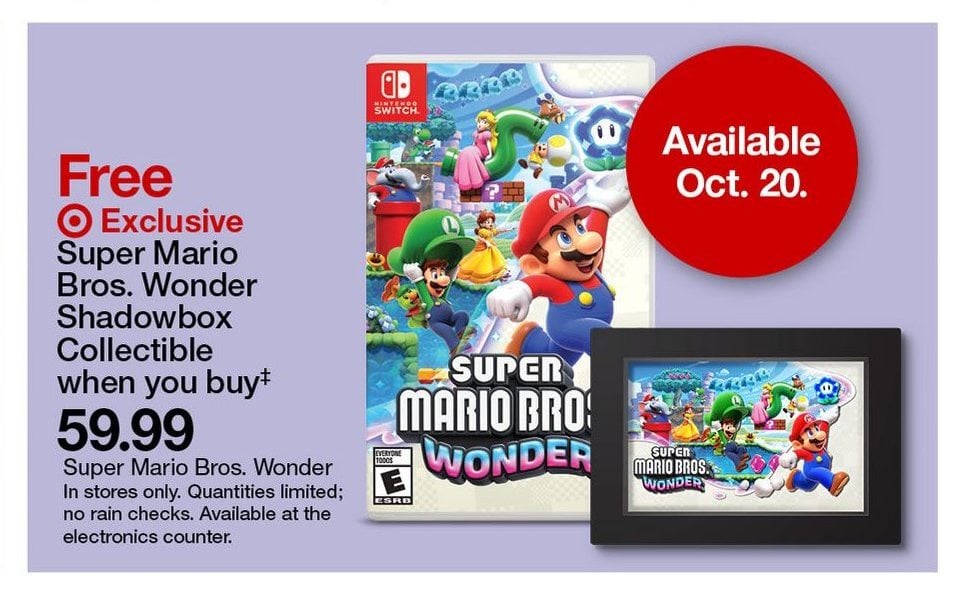
More than game pricing, though, Nintendo has been able to sustain its business because it doesn’t need to break the bank developing a single game. We can talk about how Nintendo’s diverse portfolio of titles ranges from Zelda: Breath of the Wild down to Famicom Detective Club, but even at its most expensive, the company is not spending hundreds of millions of dollars to create engaging experiences. This has allowed any “flops” to result in only modest losses, and it means that major successes become even more fruitful, given that development costs weren’t out of control.
Last year a massive leak surfaced regarding various information from Insomniac Games. As one of Sony’s internal studios and a key player in its biggest AAA games, the leak included not only details about upcoming titles but also the financial performance of certain games. Ratchet and Clank: Rift Apart, a game that would otherwise be considered a success, didn’t sell enough units to be profitable (at the time of the leak). The budget for the then-upcoming Marvel’s Spider-Man 2 was also revealed to be around $315 million, which is ludicrous. Can you imagine if Nintendo had games costing that much to make and they bombed?
That kind of performance is almost a throwback to the end of the seventh console generation. In 2012, Capcom released Resident Evil 6 with a lot of hype behind it and the game managed to sell 6 million units, quickly becoming the second-best-selling game in Capcom’s entire history. It was deemed a financial failure by the company and plans for the entire series were thrown into jeopardy. In an effort to stay on the bleeding edge and deliver a game that catered to literally everyone, Capcom nearly ruined itself in the process. Sony is practically right there now.
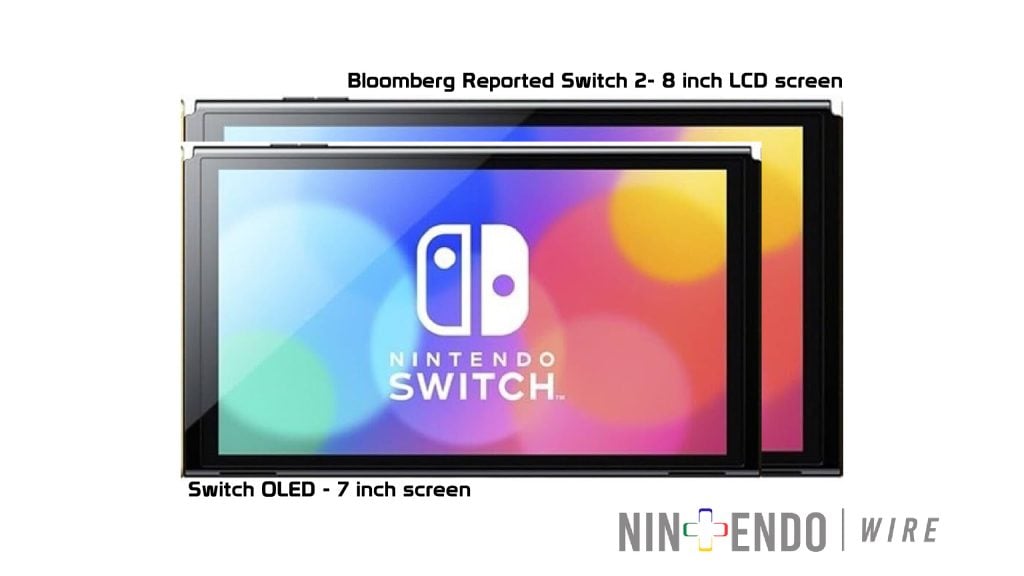
Meanwhile, Nintendo is conducting business as usual and continuing with a relatively mild 2024 as it ramps up for what looks to be an explosive 2025 with the Switch 2. Will the price of the next console be higher than the current one? Probably, but it’s unlikely to exceed $400. Nintendo knows that customers don’t necessarily care about all kinds of fancy technology when it comes to quality games—Super Mario Bros. Wonder wouldn’t have sold 13 million units otherwise.
None of this is to say that Nintendo is faultless, but the company has clearly learned from past mistakes when it comes to pricing, not only its hardware but also the budgets of its flagship titles. Nintendo certainly makes mistakes, but it generates enough profit from its successes to ensure those mistakes don’t lead to people losing jobs or entire studios shutting down. Until Sony learns that same lesson, I just don’t see what a PS5 Pro will accomplish that a Switch 2 can’t also deliver.
Leave a Comment